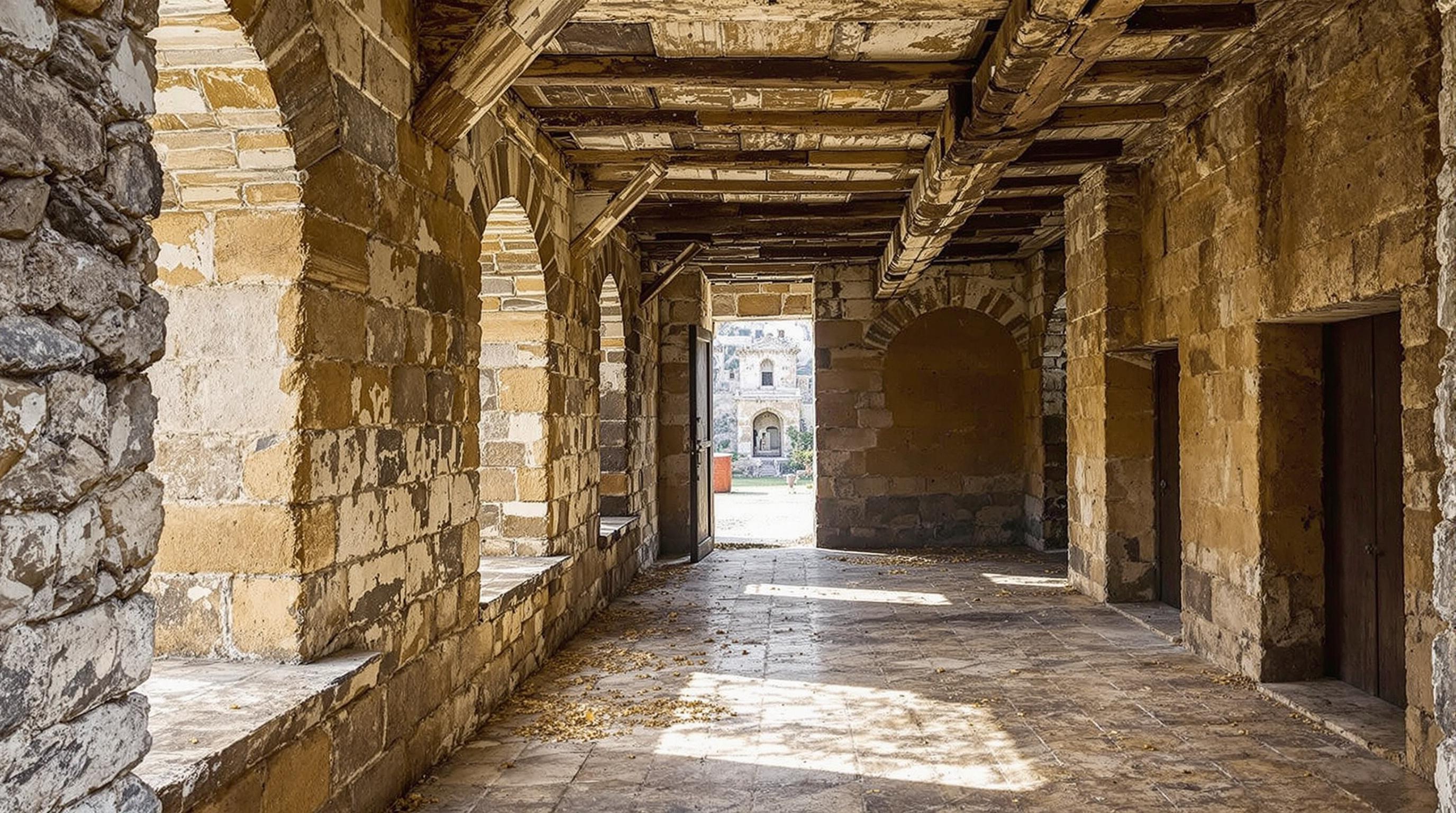Featured Articles
- Chasing Shadows: The Allure of Abandoned Luxury Resorts and Their Untold Stories
- Hidden Havens: Discovering the World's Most Secretive and Exclusive Getaways
- Hidden Luxury: Unveiling the World’s Most Surreal and Obscure Exclusive Travel Retreats
- Journey to Forgotten Monasteries: Exploring Rare Sanctuaries That Blend Solitude with Timeless Heritage
- Top 8 Ultra-Luxe Private Jet Experiences Launched in the Last 5 Years: A Definitive Review and Ranking
Journey to Forgotten Monasteries: Exploring Rare Sanctuaries That Blend Solitude with Timeless Heritage
Journey to Forgotten Monasteries: Exploring Rare Sanctuaries That Blend Solitude with Timeless Heritage
Forgotten monasteries are sanctuaries where solitude meets centuries of heritage, offering rare glimpses into spiritual and cultural histories often overshadowed by mainstream tourism. This journey dives into these quiet refuges, exploring their faded walls, tranquil gardens, and the stories etched in stone and silence.
The Unseen Sanctuaries: More Than Ruins
Many imagine forgotten monasteries as crumbling relics swallowed by nature, but these sites often remain living chapters of history. Take the Monastery of Saint Naum in North Macedonia, founded in the 10th century, which despite its remote location, continues to serve pilgrims and visitors alike. Its serene lake setting and ancient frescoes attract those seeking both peace and enlightenment.
The Solitude Factor: Why Seek Seclusion?
In today’s hyperconnected world, solitude has become a rare commodity. Visiting secluded monasteries allows individuals to disconnect, reflect, and engage with traditions that have thrived on quiet contemplation for centuries. Research by the Journal of Environmental Psychology (2021) shows that solitude in natural or spiritual settings significantly reduces stress and boosts mental clarity, grounding the traveler’s mind in present moments.
A Story from the Cloisters: Tomas’s Discovery
When Tomas, a 25-year-old travel blogger, stumbled upon a monastery in the remote Italian Apennines, he found more than ancient stone walls. He uncovered a community keeping sacred crafts alive—manuscript illumination and herbal remedies—a live demonstration of heritage preservation. Tomas’s journey, chronicled on his blog, highlights how these isolated sanctuaries nurture both human spirit and cultural memory.
Statistical Interlude: According to UNESCO, over 70% of the world’s historic religious sites remain under-explored by mainstream tourism, leaving ample room for discovery and preservation.
Architecture That Whispers History
The architecture of these monasteries is a language of faith carved in stone. From the intricate Byzantine mosaics of Greece’s Meteora monasteries to the Tibetan monasteries perched on cliffs, each design tells stories of adaptation, devotion, and resilience. The fusion of local materials and spiritual symbolism creates unique places that speak to both past and present.
Preservation Challenges and Community Roles
Protecting these forgotten sanctuaries is no easy task. Harsh climates, limited funding, and dwindling monastic populations threaten their existence. Community engagement plays a pivotal role in preservation efforts. In rural France, locals partner with cultural NGOs to maintain and revive their monastery, blending tourism and stewardship. This dynamic approach ensures the monasteries’ doors remain open for future generations.
Why You Should Visit Now
To the prospective traveler, these sanctuaries offer more than scenic snaps; they provide moments of profound connection. Visiting now, before some sites become overly commercialized or inaccessible, offers a rare chance to walk where few have in decades. Plus, the empathy and respect shown by visitors often fuel local preservation efforts.
The Blend of Past and Present Spirituality
Though often seen as relics, many monasteries are vibrant spiritual hubs. Modern monks in Bhutan utilize ancient meditation techniques while engaging with environmental conservation. Their monasteries serve as beacons of sustainable living, blending tradition and innovation—a blueprint for resilient cultural heritage.
From Ruin to Revival: Case Study of Sant Pere de Rodes
Once abandoned, the Sant Pere de Rodes monastery in Spain saw revival through government and private partnership. Restoration work has preserved its Romanesque features and reopened the site to visitors interested in both history and landscape. The project boosted local economy by 15% within five years, illustrating how cultural heritage and community prosperity intertwine.
Humor Break: Monks and Technology
Contrary to stereotype, some monasteries have embraced tech. Imagine monks live-streaming chanting sessions or maintaining digital archives of manuscripts. Father Antoine of a French monastery recently quipped, “Even in silence, wifi is necessary these days,” reminding us that heritage adapts, even in solitude.
Conversational Aside: If you think a trek to a forgotten monastery means roughing it, think again. Many offer modest accommodations, warm welcomes, and the best kind of company—pages of history and the quiet hum of nature.
How to Prepare for Your Visit
Preparing for a trip to these rare sanctuaries requires respect and planning. Dress modestly, respect silence, and if possible, learn about the customs and history beforehand. Backpackers should pack essentials for remote travel, but many sites have local guides who enrich the experience immeasurably.
The Enduring Appeal of Timeless Heritage
Ultimately, exploring forgotten monasteries is not simply about sightseeing, but about accessing a deeper narrative—one where solitude fosters connection and ancient wisdom whispers across centuries. The heritage preserved here is a testament to humanity’s enduring quest for meaning beyond the transient, a legacy for all who venture into these forgotten shrines.




